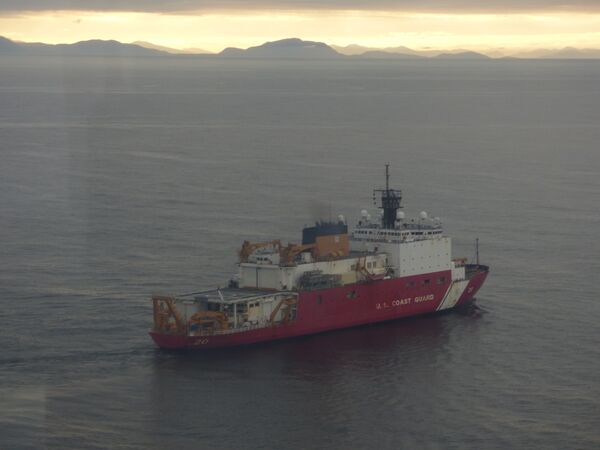
The US Coast Guard is experiencing greater demand for operations in the higher latitudes. (Janes/Michael Fabey)
Russian President Vladimir Putin authorised a new Russian naval doctrine on 31 July, which underscored the importance of the Arctic for Russia's geopolitical future and the growing tension between Moscow and Washington, including on the high seas and in the higher latitudes.
The Pentagon is looking for guidance on how to operate in the Arctic and higher latitudes, seeking advice from the one service that is generally acknowledged for its expertise in the icy realm – the US Coast Guard (USCG).
The USCG is known for its ‘white hull' operations off US shores and around the globe, with its cutters protecting US economic interests and projecting geopolitical presence. However, the coastguard also deploys ‘red hull' icebreaking ships and a ‘black hull' waterways service fleet. It is this trio, and especially the work of the latter two with associated air operations, that provides the high-latitude expertise that makes USCG guidance in that realm so valuable.
However, the growing tension in the Arctic, especially with the effects of climate change on higher latitudes, has put more pressure on the USCG to improve its operations there.
“It will be more intense inside the Arctic Circle,” said Captain Edward Hernaez, the commanding officer for USCG Base Kodiak, considered by coastguard officials to be the service gateway for the Arctic. “As the polar caps continue to melt and shipping lanes open up in the Arctic, there will be a greater demand for USCG presence, which requires more resources and supporting infrastructure.”
Lieutenant Commander Lars Anderson, an HC-130 pilot and USCG Air Station Kodiak assistant operations officer, told Janes
Looking to read the full article?
Gain unlimited access to Janes news and more...







